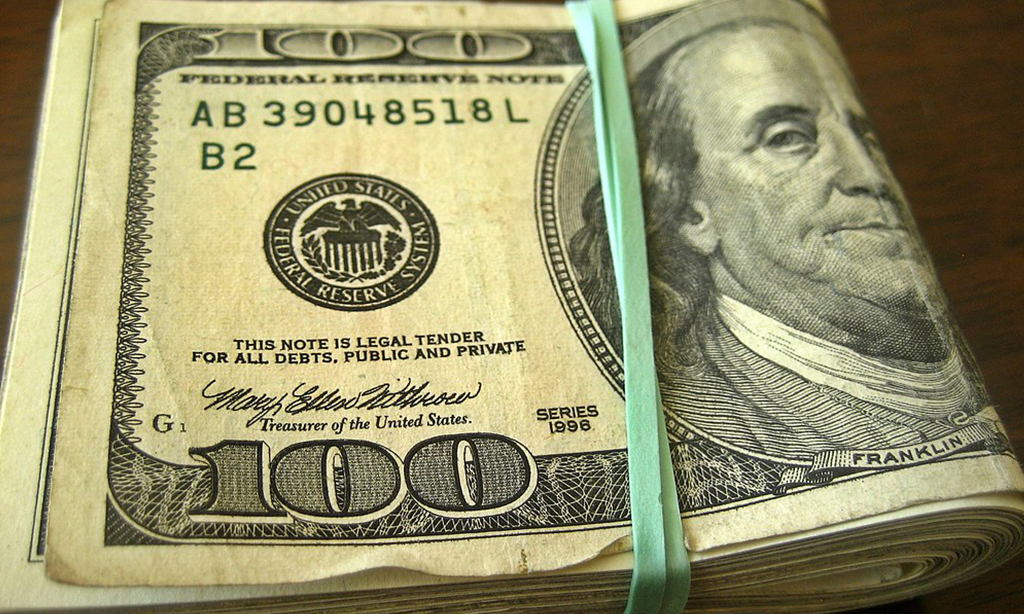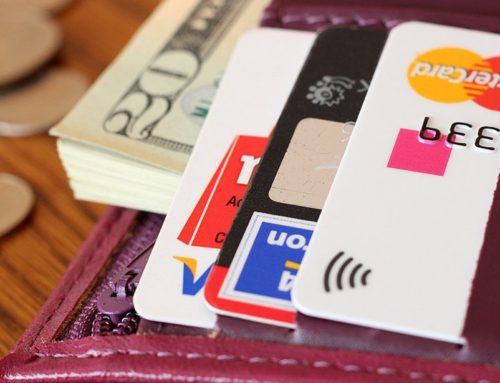In a world filled with overdraft fees and paycheck to paycheck living, there is no better time than now to create a budget and learn how to make your financial and personal lives better.
A budget, which I’m sure all of you know, is figuring out, effectively, how much money you need or want to spend in a month with respect to your income. For budgeting purposes, there are three key factors to consider: bills, savings, and regular living expenses such as gas, food, and entertainment.
You will want to consider each of these categories in the order listed. Figure out your discretionary spending budget after your bills and savings. This is how you get ahead.
Some Budget Examples
For the sake of example, let’s say you make $3,000 a month. You pay $1,000 for rent, $50 for utilities (average), $180 for a car payment, and you’re paying about $200 per month towards your credit card bill. This comes out to $1,430 a month. According to statistics, many millennials would then say that they have $1,570 that they can spend on food, groceries, going out, and some cool new clothes or gadgets. However, the smart thing to do would be to say, of that $1,570, I can save $1,000 a month and spend $570.
Then, you must structure your $570. The two best ways to do this, in my opinion at least, are the weekly/biweekly (whichever you prefer) allocation, or the category allocation method. If you are unaware, allocation is a fancy word for saying where you will put and how you will use your money.
The weekly allocation method means that you divide your $570 by your time period. Let’s say you’re allocating your money weekly. You would then take $570 and divide by four weeks a month and conclude that you have $142.50 to spend every week. Of this, you cover groceries, gas, and entertainment.
The category allocation method is a little harder to adhere to for some people but creates a great way to analyze your spending and shift things around. With the category allocation, one might conclude that they can spend $150 per month on food, $100 on gas, and reserve $320 for entertainment and other discretionary spending.
Performing a Budget Analysis
Finally, assuming these things are accounted for properly, at the end of every month, you should perform a budget analysis. This sounds intense, but ultimately it is just determining if you met your goals and stayed within budget. Maybe you originally allocated $100 to gas but realized that your normal way of life really only requires $75 budget for gas. You can then either reallocate or save that additional $25 every month.
Following these simple steps will help you understand your financial situation, plan accordingly to avoid missed or late bills, and provide you the ability to make informed purchasing decisions. Happy budgeting!






